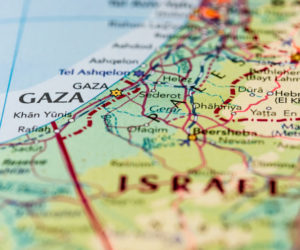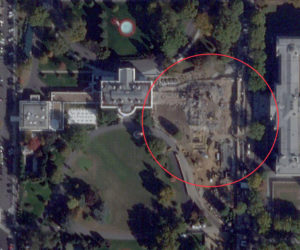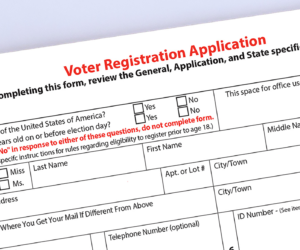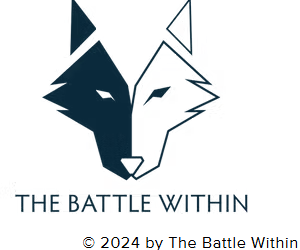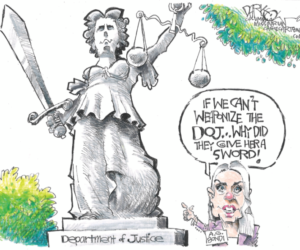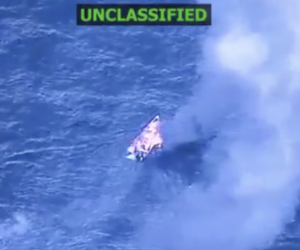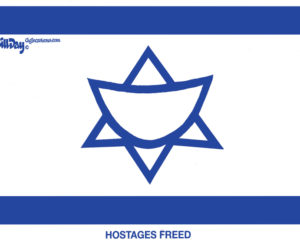
Gaza’s health factsheet is shocking. World Health Organisation (WHO) chief Tedros Adhanom Ghebreyesus reported that more than 170 000 people have injuries in Gaza, including more than 5000 amputees and 3600 people with major burns. At least 42 000 people have injuries that require long-term rehabilitation.
“There are still 15 000 patients who need treatment outside Gaza, including 4000 children. More than 700 have died while waiting for evacuation,” he said on Thursday. About 41 patients have been evacuated alongside 145 companions to about 20 countries since the ceasefire came into effect on October 10. The others await Israel’s permission to leave.
There are no fully functioning hospitals in Gaza, and only 14 out of 36 are functioning at all. There are critical shortages of essential medicines, equipment and health workers. And every month, 4000 women give birth in unsafe conditions.
“Hunger and disease have not stopped, and children’s lives are still at risk. The destruction has been physical but also psychological. An estimated one million people need access to mental health care,” Tedros pointed out. “Providing immediate emergency medical aid will cost $45 million while the total costs for rebuilding Gaza’s health system will be at least US$ 7 billion dollars.”
The brittle ceasefire in Gaza has raised hopes around the world that the unimaginable suffering of its children, women and men may finally come to an end. But weeks later, the first humanitarian steps of a long and arduous peace process have yet to advance significantly.
For those across the world who fervently wanted to see an end to the deaths of starving children, the disappointment could be heart-breaking. Instead of at least 600 trucks fully loaded with relief aid entering the misery-stricken Strip each day as stipulated in the truce deal, barely 1,000 arrived over more than a week.
Israel is blocking aid trucks because it accuses Hamas of deliberately delaying the return of about 13 remaining bodies of hostages. Prime Minister Benyamin Netanyahu seems not to believe that specialized equipment and teams are needed to find the remaining bodies thought to be buried under destroyed buildings.
Alarmed at the slow pace of aid delivery and to hold together the ceasefire, U.S. Vice President J.D. Vance, Secretary of State Marco Rubio, special envoy Steve Witkoff, and Trump’s son-in-law Jared Kushner visited Israel in quick succession. But Netanyahu seemed to be unmoved.
There is a long learning curve ahead for the American diplomatic team on the difficult art of BIBI-sitting, the tongue-in-cheek name given by Israeli media to the toil of keeping Bibi in check.
Vance remarked that the United States is not looking to “monitor a toddler” in Israel and views the country as an important partner, not a “vassal state”. But President Donald Trump, who has already taken a victory lap over his Gaza peace plan seems nervous that the process could fall apart.
His 20-point peace plan stipulates that “full aid” would be “immediately sent into the Gaza Strip” through neutral international institutions “without interference from the two parties.”
Since the ceasefire took effect, no large scale food convoys have entered northern Gaza, which is the area where a UN body confirmed a famine in August.
Since the ceasefire came into effect, 88 Palestinians were killed, 315 were injured and 436 bodies were retrieved from under the rubble, Gaza’s health ministry reported. It placed the total casualty toll among Palestinians since October 7, 2023 at 68,234 fatalities and 170,373 injuries.
About 10,000 bodies are still buried under destroyed buildings but recovering them requires heavy and specialized equipment, including tools to avoid grave risks from unexploded ordnance. Protective equipment is also needed for rescuers exposed to serious infection and health risks from handling decomposed bodies.
From the Israel-occupied West Bank, a UN human rights official warned that “settler violence has skyrocketed in scale and frequency, with the acquiescence, support, and in many cases participation, of Israeli security forces – and always with impunity.”
There has been an alarming rise in violence and restrictions by Israeli settlers and security forces against Palestinian farmers, as the crucial olive harvest season gets underway. About 100,000 families depend on the olive harvest for their livelihoods, which are “the economic backbone of rural Palestinian communities.”

